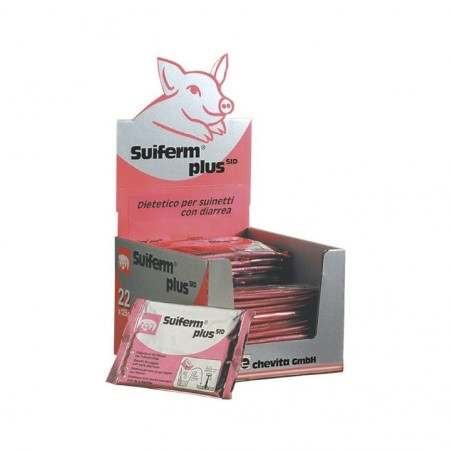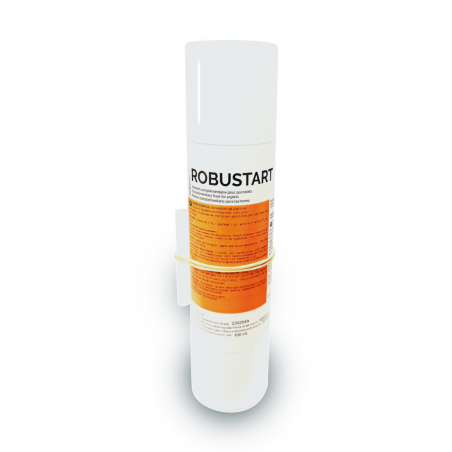For the piglet, weaning is the most stressful time of its life so far, because prior to weaning, the piglet:
- Has its own teat to drink its mother's milk.
- Their mother calls them to eat.
- They eat 12 to 24 times a day.
- They drink highly digestible liquid feed: the sow's milk.
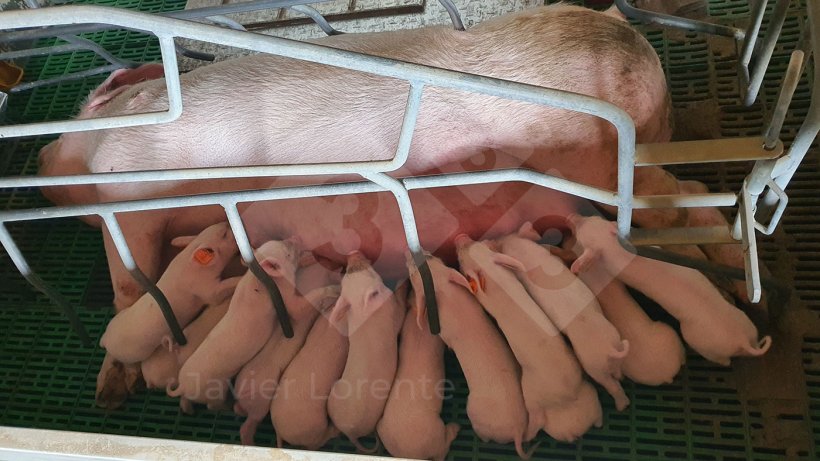
Photo 1. Piglets suckling all at the same time with the sow.

However, after weaning:
- They have to share the feeder.
- They have to eat when they can or when their pen mates allow them.
- They switch to eating mainly solid feed.
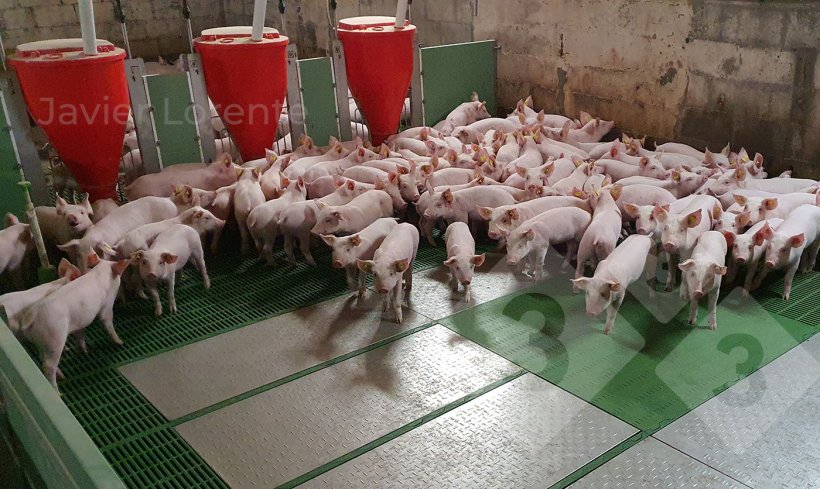
Photo 2. Weaned piglets sharing and competing for the feeder.
Therefore, it is a very complicated and very critical time in which there is:
- The separation of the piglet from the sow.
- A change of feeding from the sow's milk to solid feed.
- A change in place (often with transport included).
- In many cases mixing with new pen mates.
In this series of 3 articles, we will discuss in a very practical way what tasks and key points we need to analyze and implement on our farms to achieve successful weaning.
Weaning starts “before weaning”
Successful weaning begins in the FARROWING unit, where the key objectives should be to obtain:
- A piglet with correct weight and age at weaning.
- A piglet with a healthy digestive system prepared for weaning.
- A piglet properly immunized.
- If possible, a piglet that's already been socialized.
1. A piglet with correct weight and age at weaning
For a quality piglet to have a good start in the nursery, it should weigh a minimum of 6 to 6.5 kg at weaning.
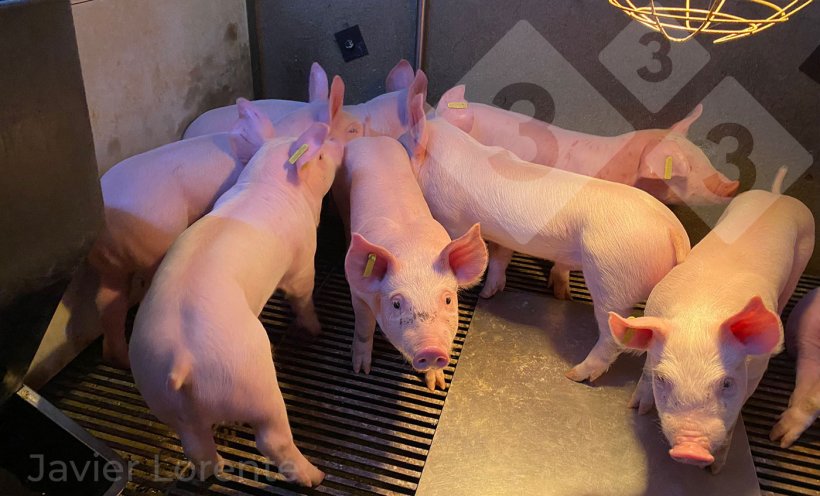
Photo 3. Recently weaned high-quality piglets. Higher chance of success after weaning.
Adequate birth weight will lead to a good weaning weight. It is difficult to intervene with birth weight, but the consequences of too low of a birth weight can be critical. In a recent study conducted jointly with the University of Zaragoza on 3483 piglets, we saw that animals less than 1.07 kg have higher mortality (Graph 1).
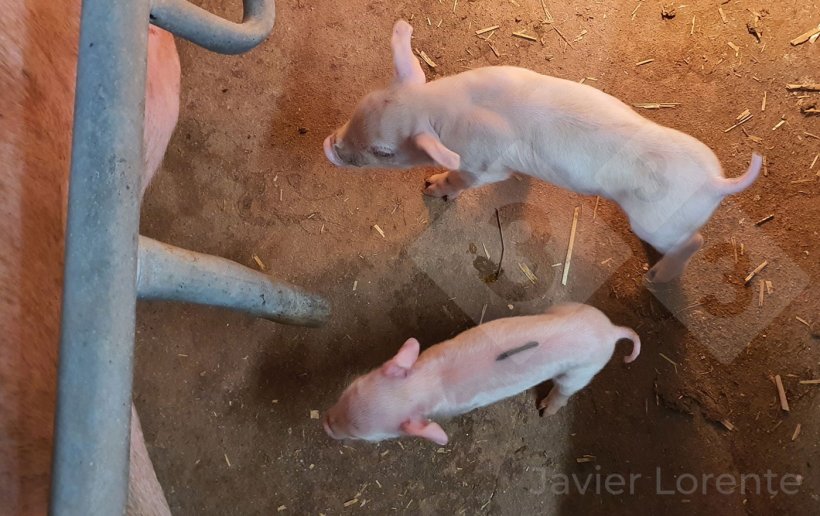
Photo 4. Piglets from the same litter with a large difference in birth weight- an important determinant of their viability.
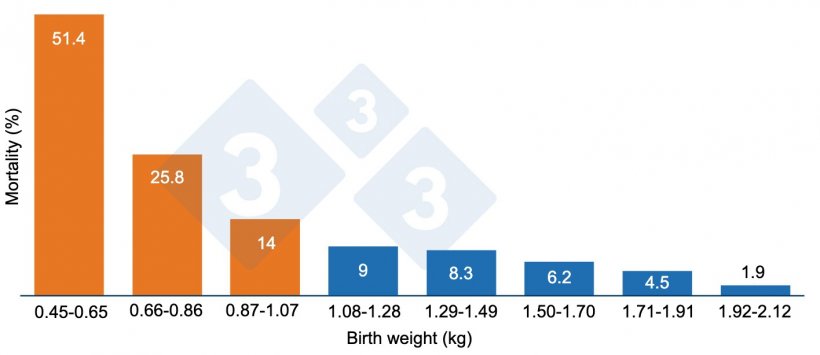
Graph 1. Pre-weaning mortality as a function of birth weight. Piglets weighing less than 1.07 kg (orange) have higher mortality.
Another key aspect in obtaining the desired weaning weight is the age of the piglet. The average age should be between 26 and 28 days, with a minimum individual age of 24 days.
2. A piglet with a healthy digestive system prepared for weaning
Good health is key to reducing the incidence of diarrhea in the farrowing unit, which will help the intestinal flora to develop properly. To this end, controlling rotavirus problems is essential.
In addition to good health, management that ensures the piglet is always in ideal conditions will help reduce the risk of digestive problems. Good thermal control at this stage is a must.
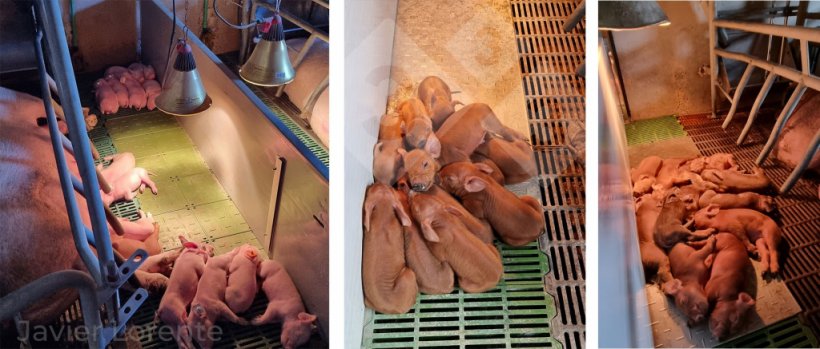
Photo 5. Piglets at a comfortable temperature (right), overheated (left), or cold (center). Poor thermal control in the farrowing room increases the likelihood of digestive problems.
After ensuring the ideal environmental conditions, we have to start the process of digestive adaptation to the feed that piglets will have later in the nursery. To do this we must implement creep feeding.
Ideally, this should start around the fifth day and, in my opinion, it should consist of two phases:
Phase 1, the objective is that they learn to eat, from day 5 to 15 approximately:
- Feed with aromas and flavors that facilitate learning.
- Feed that includes highly digestible protein.
- Preferably in meal form, as it sticks to the snout and forces them to lick it.
- Small quantities (150 g per litter) offered in several feedings per day so that it is always fresh and kept away from heat sources, corners, the sow, and drinkers.
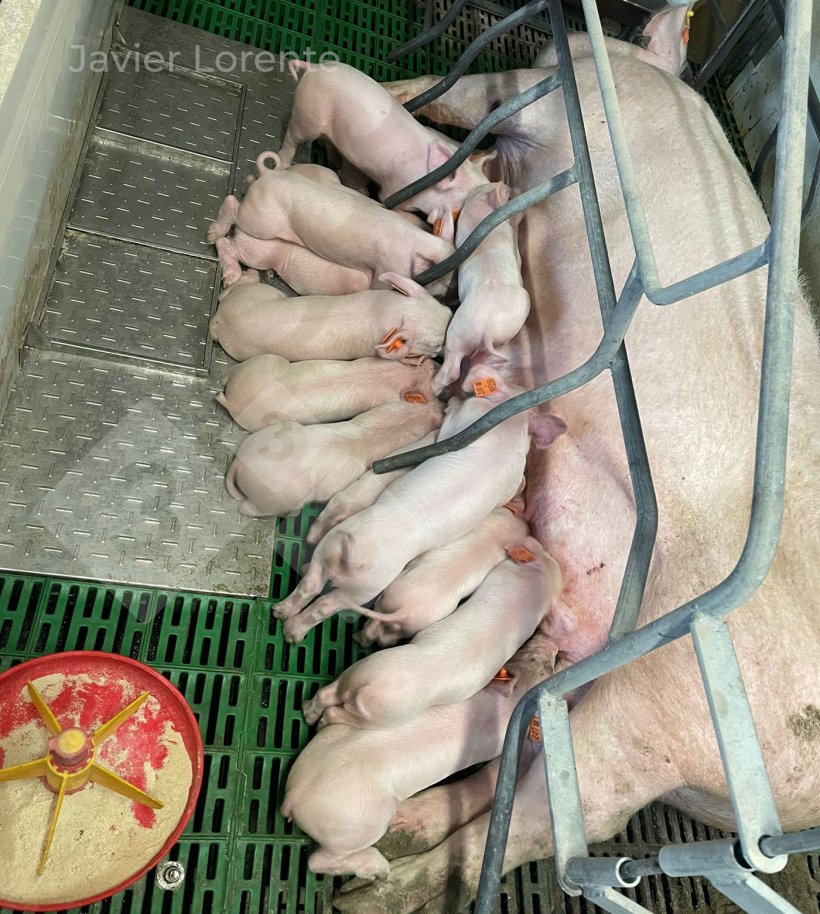
Photo 6. Creep feeding from day 5 to 15: Attractive aroma and flavor, highly digestible, small quantity, and in meal form.
Phase 2, day 16 onward:
- Micro pelleted feed, highly digestible and palatable but with less sugar and less dairy products than the previous feed. We are looking to adapt and develop the piglet's digestive system.
- It is better to give small amounts in several feedings per day.
- It should be the same feed that will be used at weaning and in subsequent days.
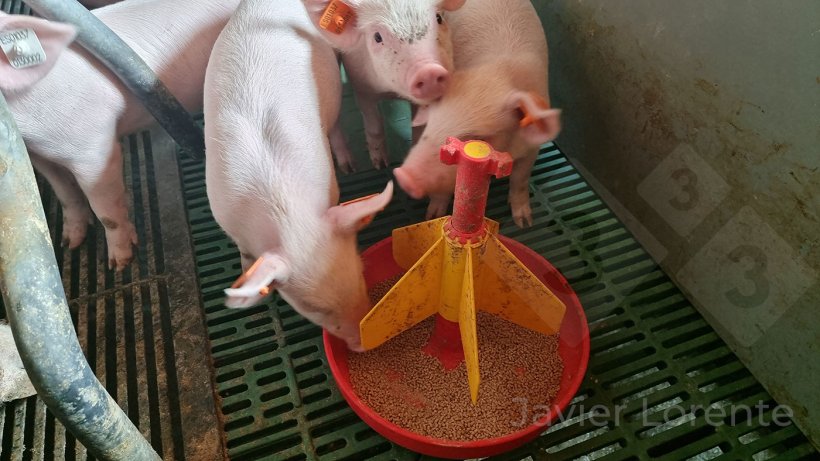
Photo 7. Creep feed from day 16 on: crumble feed, highly digestible and palatable but with less sugar and less lactose than the previous feed.
We must also not forget to supply water to the piglet. Milk has a high percentage of water, but the only water intake in the nursery will be what the piglet gets by itself. Therefore, in the farrowing room, quality water must be provided in sufficient quantities for the piglet to drink easily. Using a system that is similar to the one the piglets will find in the nursery will help them to adapt.
3. A piglet properly immunized
It is essential for the piglet to intake colostrum:
- From its own mother
- In the first 24 hours after birth
According to Chantal Farmer in her article published on Pig333 a piglet needs to ingest 178 grams of colostrum per kilogram of live weight. To achieve this, management that ensures that piglets are not cold in the farrowing room and practices such as split suckling will be essential.
A piglet that, through colostrum, has acquired adequate passive immunity from its mother, will have a greater opportunity to develop good active immunity later on and therefore will be less likely to suffer pathologies at weaning.
4. An already socialized piglet
In a study by Jaime Figueroa and Deborah Temple it was found that in the first days after weaning, piglets from unsocialized litters had more aggressive interactions and fewer positive interactions. In addition, the number of severe injuries was also significantly higher and their production performance was worse.
There is an increasing number of studies that demonstrate this, but although the results demonstrate the benefit of this prior socialization, this will only be possible on farms with an adequate health status in which the mixing of these piglets does not pose a serious risk of sanitary destabilization.
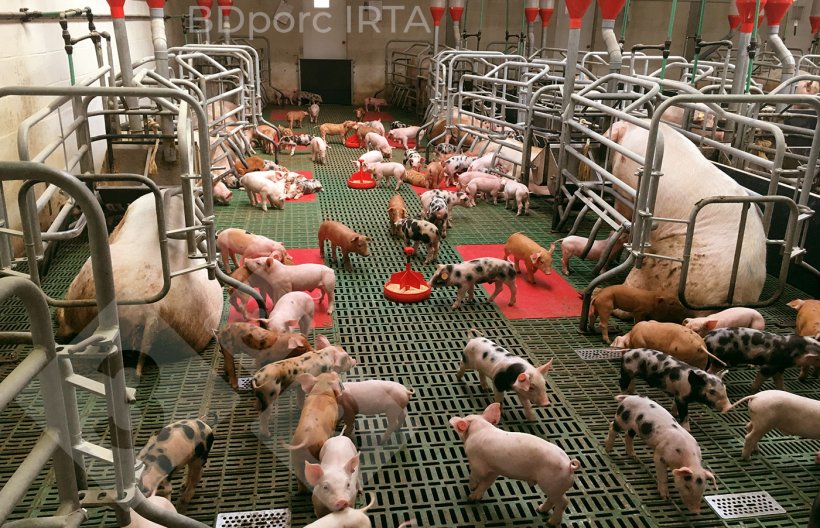
Photo 8. Shared lactation: piglets that are already socialized in the farrowing room will have reduced fighting and stress after weaning. Source: BDporc. IRTA




